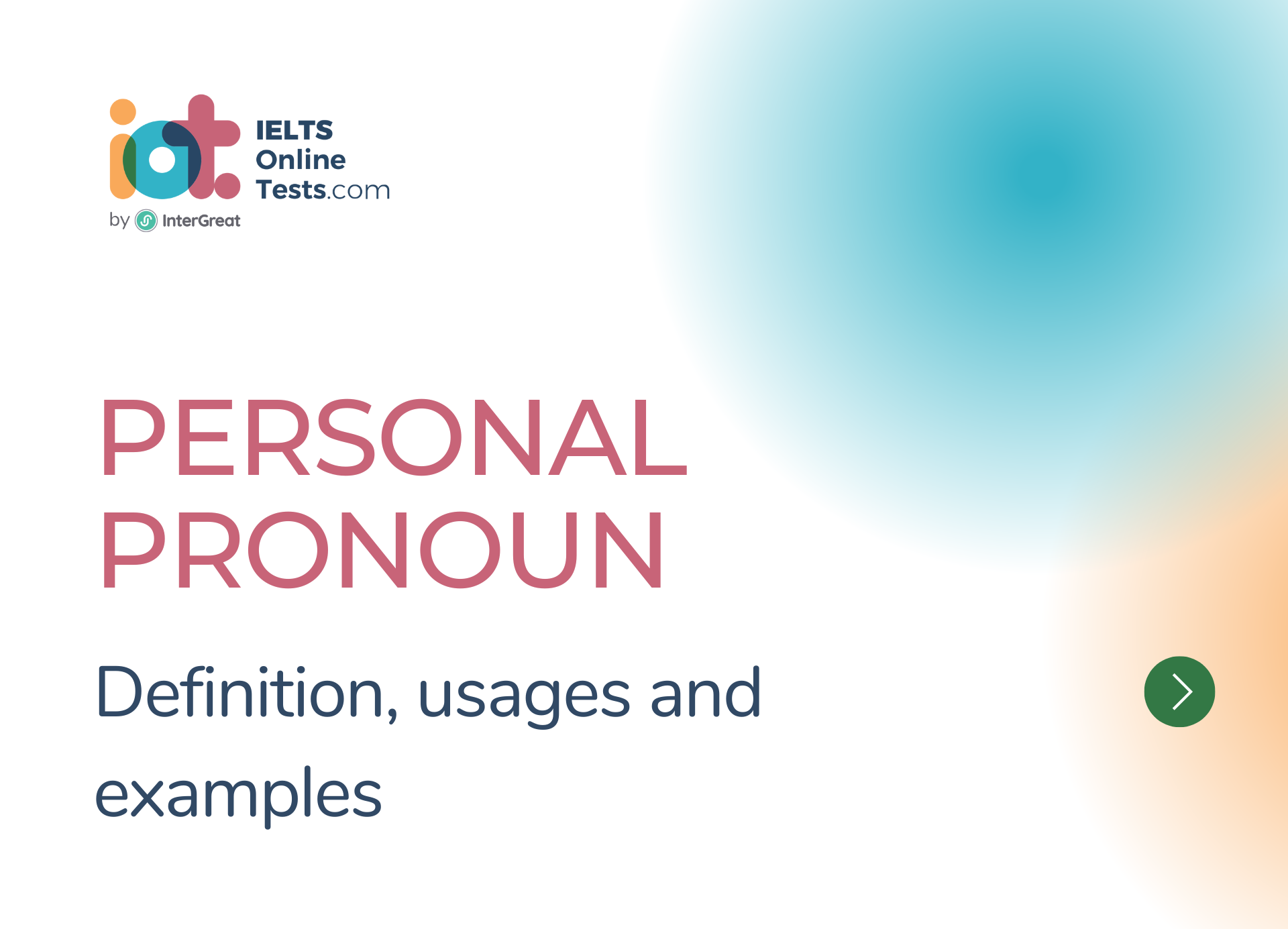
Personal pronoun definition and examples
Personal pronouns in English are used to refer to specific people or things. They take the place of nouns or noun phrases and can function as subjects, objects, or possessive determiners in sentences.
Here's an overview of personal pronouns:
Subject Pronouns:
- Singular: I, you, he, she, it
- Plural: we, you, they
- Example: "I am going to the store."
Object Pronouns:
- Singular: me, you, him, her, it
- Plural: us, you, them
- Example: "She gave it to me."
Possessive Pronouns:
- Singular: mine, yours, his, hers, its
- Plural: ours, yours, theirs
- Example: "Is this book yours?"
Possessive Determiners:
- Singular: my, your, his, her, its
- Plural: our, your, their
- Example: "I lost my keys."
Reflexive Pronouns:
- Singular: myself, yourself, himself, herself, itself
- Plural: ourselves, yourselves, themselves
- Example: "He taught himself how to play the guitar."
Personal pronouns help avoid the repetitive use of nouns and make sentences more concise. It's important to choose the appropriate personal pronoun based on its function in the sentence (subject, object, or possessive). Be mindful of the person (first, second, or third) and the number (singular or plural) when selecting the correct personal pronoun.
Additionally, personal pronouns can vary based on gender and formality in some languages, but in English, personal pronouns are generally gender-neutral and do not have formal/informal distinctions (except for "you," which is used for both singular and plural, and can be formal or informal depending on the context).




